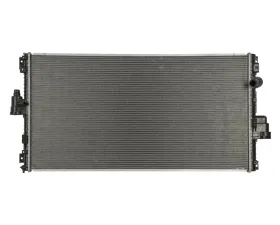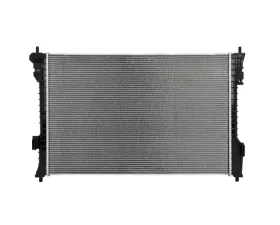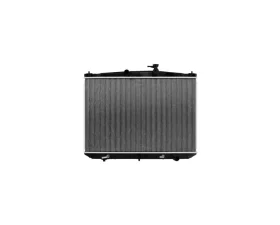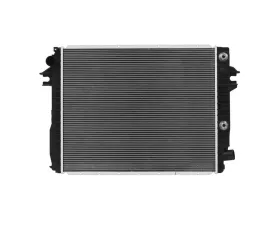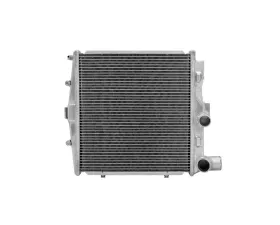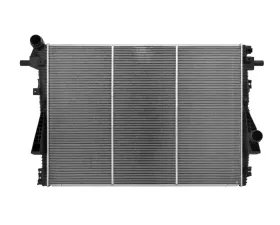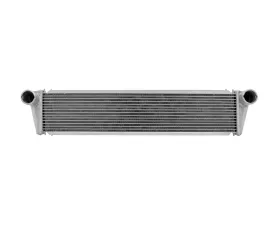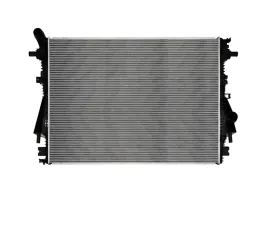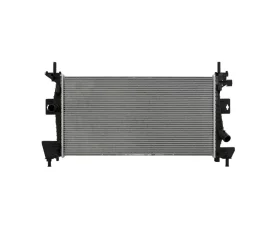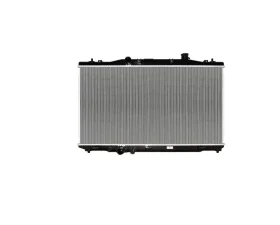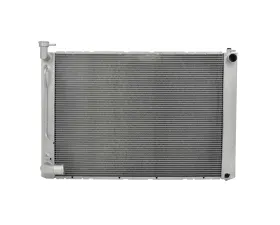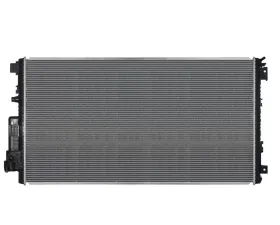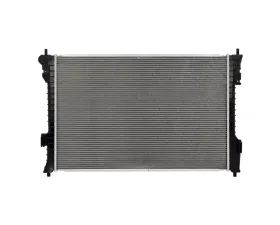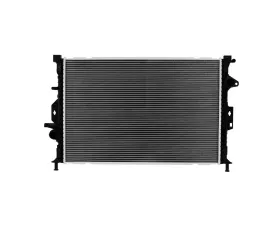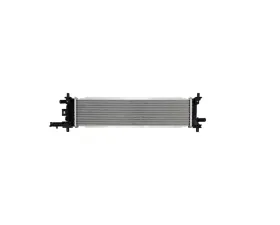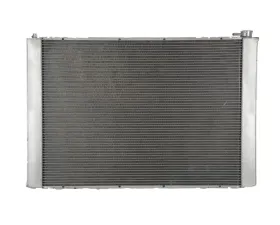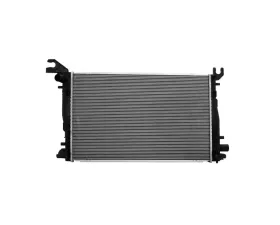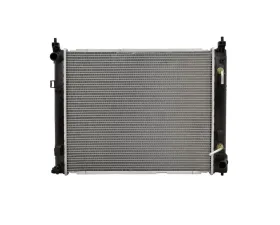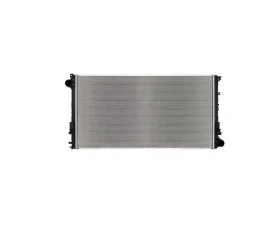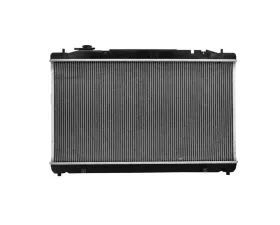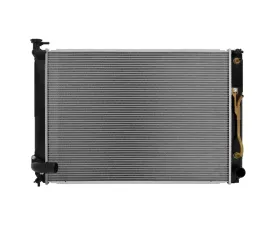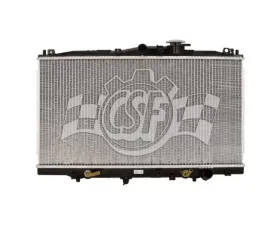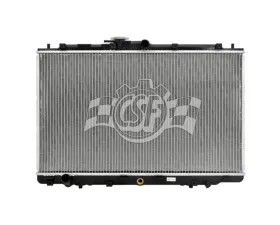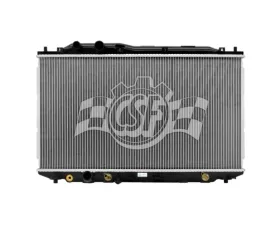Radiator
CSF Radiators 3602 Plastic Radiator for Ford F-250/F-350/F-450/F-550 2011-2016 1 1/4" Inlet
CSF Radiators 1 1/4 Inch Thick OEM Plastic Radiator for Ford Flex 3.5L | Lincoln MKT 2013-2019
CSF Radiators 1 1/4 Inch Thick OEM Plastic Radiator for Lexus RX350 3.5L 2016-2019
CSF Radiators 1 5/8" Thick OEM Plastic Radiator for Ram 2500 6.7L 2013-2018
CSF Radiators CSF 13 7/16" Core Length Plastic Radiator for Porsche Boxster 2.7L | 911 | Cayman 2005-2012
CSF Radiators 3601 Plastic Radiator 2 1/4" Inlet for Ford F-250/F-350/F-450/F-550 2011-2016
CSF Radiators 24 Inch Core Length OEM Plastic Radiator for Porsche Boxster 2.7L, 911, Cayman 2005-2012
CSF Radiators 2 Inch Inlet Diameter Plastic Radiator for Ford F-250 F-350 2017-2019 6.7L
CSF Radiators CSF 5/8 Inch Thick Plastic Radiator for Ford Focus 2.0L 2012-2018
CSF Radiators 3881 OEM Plastic Radiator 5/8 Inch Thick for Honda Accord Hybrid 2.0L 2018-2020
CSF Radiators 3711 OEM Plastic Radiator 5/8 Inch Thick for Lexus RX330 3.3L 2004-2006
CSF Radiators 3850 Plastic Radiator for Ford F-250 F-350 6.7L 2017-2019 7/8 Inch Inlet
CSF Radiators 7/8 Inch Thick Plastic Radiator for Ford Flex 3.5L | Lincoln MKT 2013-2019
CSF Radiators 3805 7/8 Inch Thick OEM Plastic Radiator for Ford Focus 2.0L 2012-2018
CSF Radiators 3882 OEM Plastic Radiator 7/8 Inch for Honda Accord Hybrid 2.0L 2018-2020
CSF Radiators 3712 OEM Plastic Radiator 7/8 Inch Thick for Lexus RX330 3.3L 2004-2006
CSF Radiators 3664 OEM Plastic Radiator 7/8 Inch Thick for Ram 2500 3500 2013-2018 6.7L
CSF Radiators OE Style Plastic Aluminum Radiator for Ram 2500 | 3500 6.7L Turbo Diesel 2019-2022
CSF Radiators OEM Plastic Crossflow Radiator for Toyota Sienna 3.5L 2007-2010
CSF Radiators OEM Plastic Radiator for Acura CL 1997, Honda Accord 1994-1997, Prelude 1997-2001
CSF Radiators OEM Plastic Radiator for Acura CL 2001-2003, TL 2002-2003, 2719
CSF Radiators OEM Plastic Radiator for Acura CSX, Honda Civic, Insight 2000-2011

Radiator | What is It and What Does It Do?
The modern cooling system did not change much from the cooling systems in model T back in the '20s. Oh, of course, it has become infinitely more reliable and efficient in doing its job, but the basic cooling system still consists of liquid coolant circulating through the engine, then out into the radiator to be cooled by the air stream coming through the front grill of the vehicle.
The current cooling system must keep the engine at a constant temperature, whether the outside air temperature is 110 degrees Fahrenheit or 10 degrees below zero. If the temperature of the engine is too low, fuel economy will suffer and emissions will rise. If the temperature is allowed to get too hot for too long, the engine will destroy itself.
A radiator is a type of heat exchanger. It is designed to transfer heat from the hot coolant that flows through it to the air blown through it by the fan. Most modern cars are equipped with aluminum radiators. These radiators are produced by brazing thin aluminum fins to flattened aluminum tubes. The coolant flows from the inlet to the outlet through a number of tubes mounted in parallel. The fins carry the heat out of the tubes and transfer it to the air flowing through the radiator.
Sometimes the tubes have a type of fin inserted into them called a turbulator, which increases the turbulence of the fluid flowing through the tubes. If the fluid was flowing very smoothly through the tubes, only the fluid that actually touched the tubes would be cooled directly. The amount of heat transferred to the tubes from the fluid that passes through them depends on the difference in temperature between the tube and the fluid that touches it.
As a result, if the fluid in contact with the tube cools down quickly, less heat will be transferred. By creating turbulence inside the tube, all the fluid mixes together, keeping the temperature of the fluid touching the tubes up so that more heat can be extracted and all the fluid inside the tube is used effectively.
Radiators usually have a tank on either side, and a transmission cooler is inside the tank. In the picture above, you can see the inlet and outlet where the transmission oil enters the cooler. The transmission cooler is like a radiator inside the radiator, except that instead of exchanging heat with the air, the oil changes heat to the coolant inside the radiator.
We can help. Vivid Racing was voted #1 in customer service nationwide!
Buying from Vivid Racing is the best choice you can make. We back every part we sell with our guarantee of satisfaction. Hands-On Experience and Professionalism is what makes us the best.
Buy online or give one of our world-class sales professionals a call at 1-480-966-3040 If you don't see what you are looking for.

.jpeg?q=90&p=thumb&w=200&h=200)
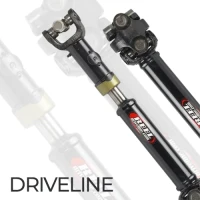
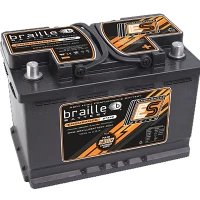
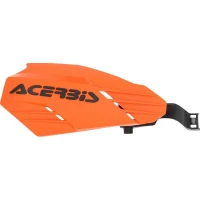
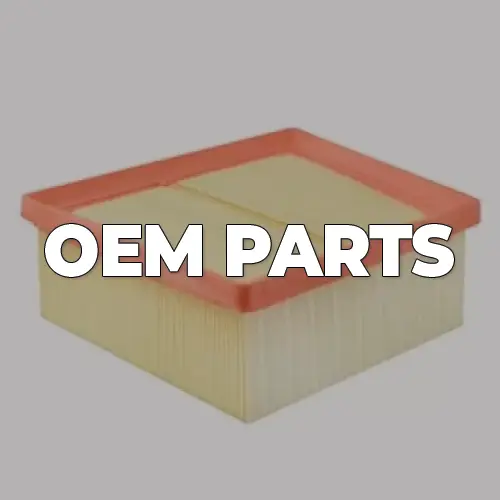

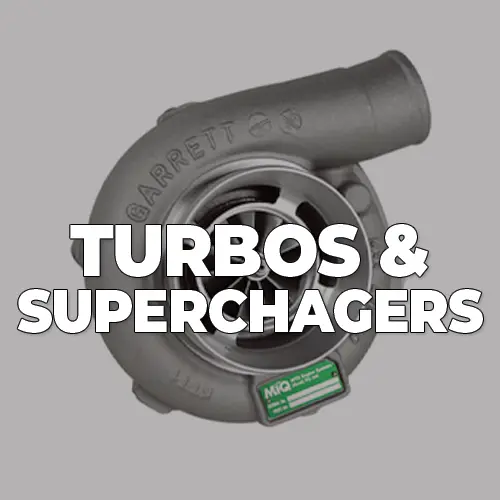
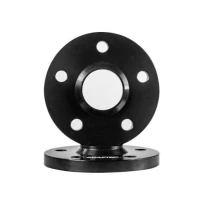
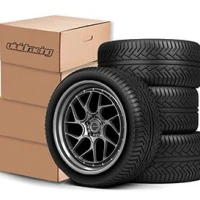
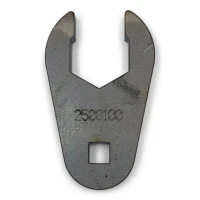
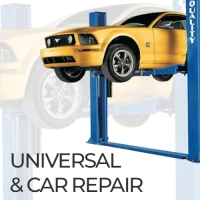
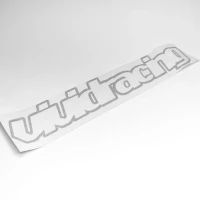
.jpeg?q=90&p=thumb&w=40&h=40) Brakes
Brakes  Driveline
Driveline  Electronics
Electronics  Handlebars & Controls
Handlebars & Controls  Package Deals
Package Deals  Wheel Accessories
Wheel Accessories  Wheels by Vehicle
Wheels by Vehicle  Tools and Maintenance
Tools and Maintenance  Universal & Repair
Universal & Repair  Vivid Racing Gear
Vivid Racing Gear 